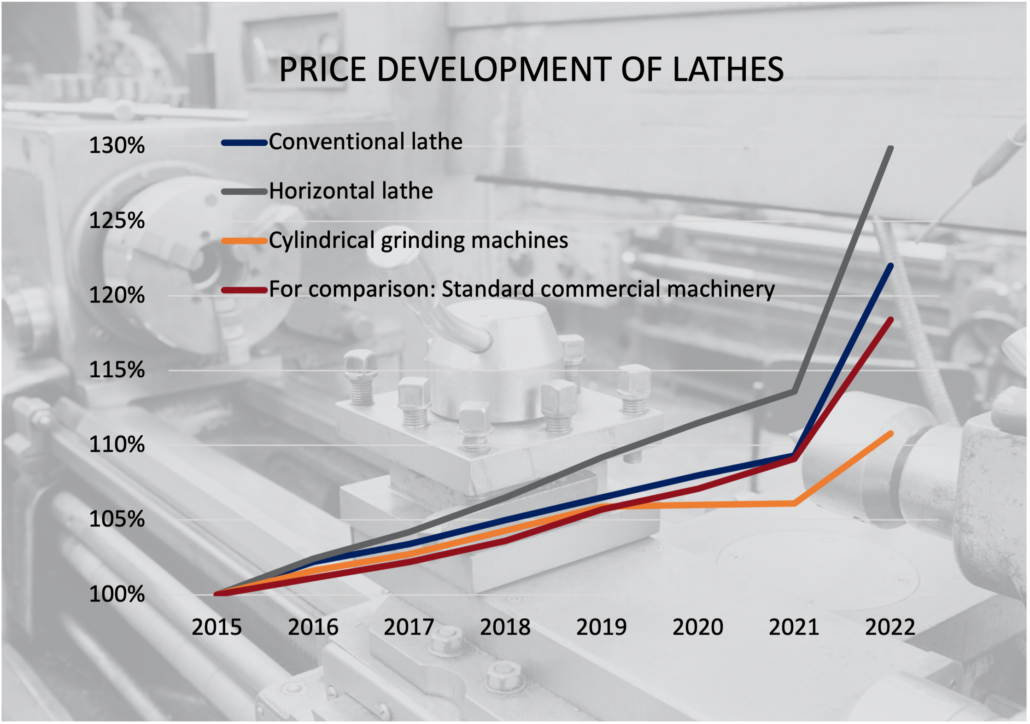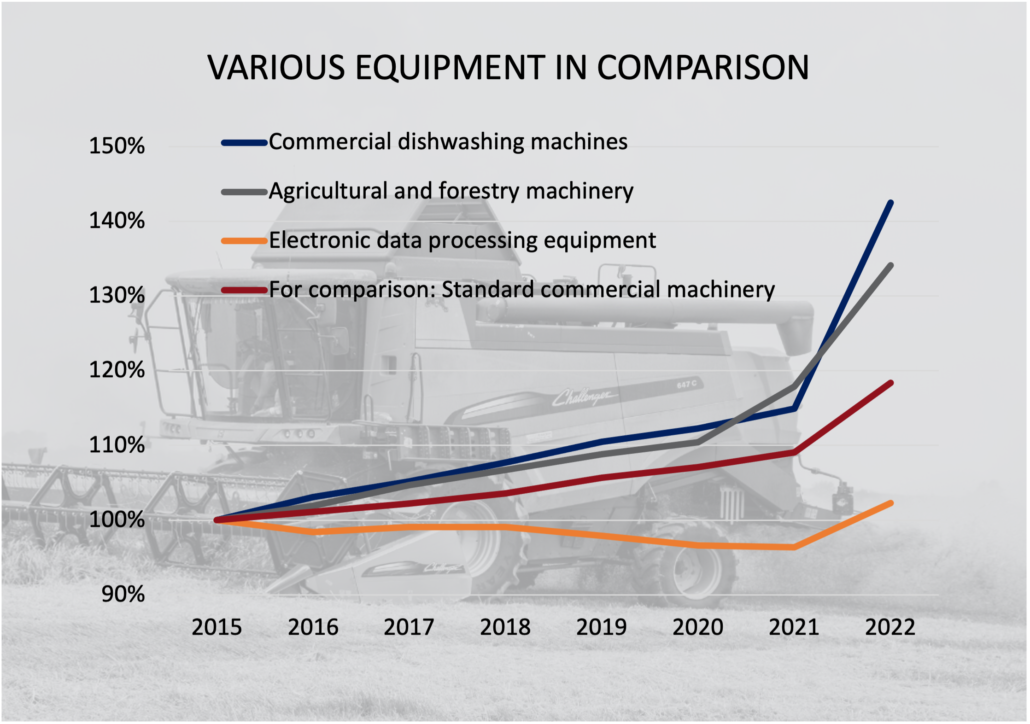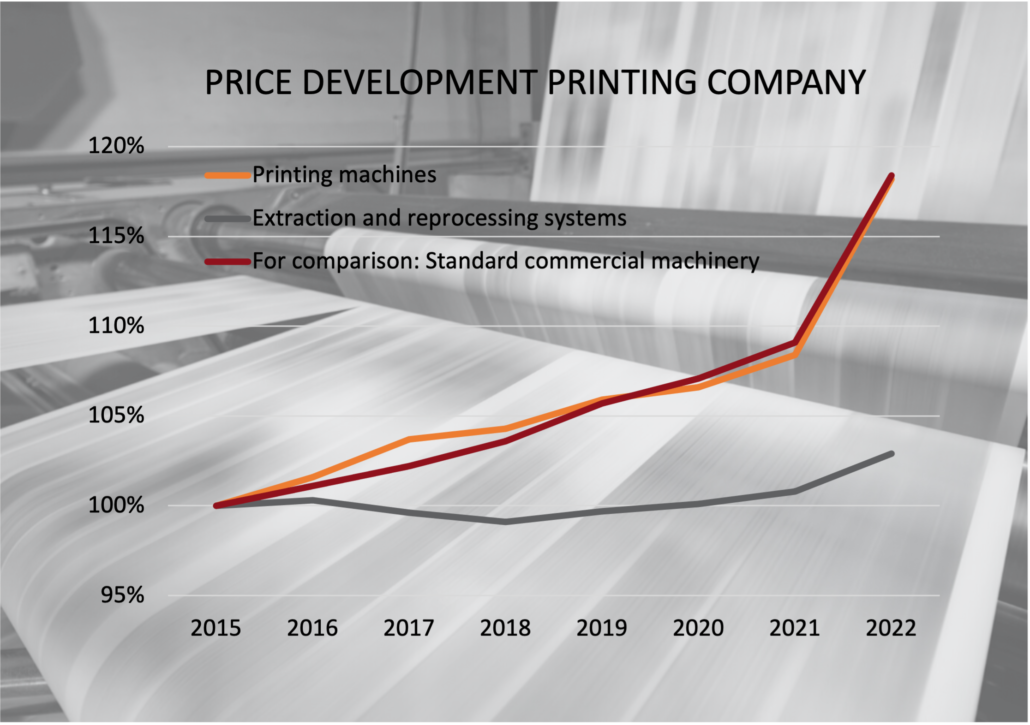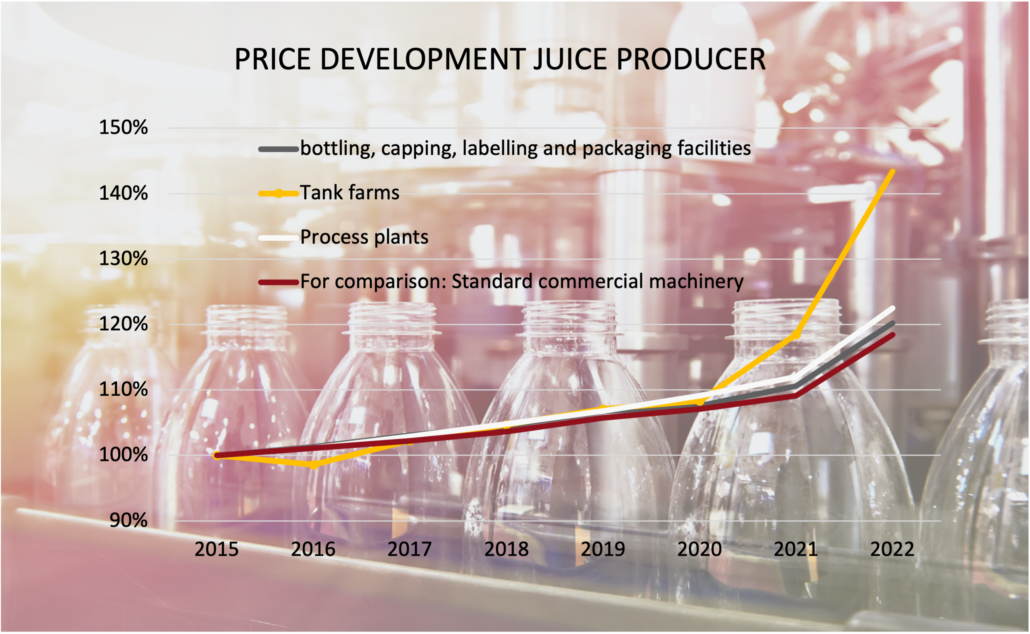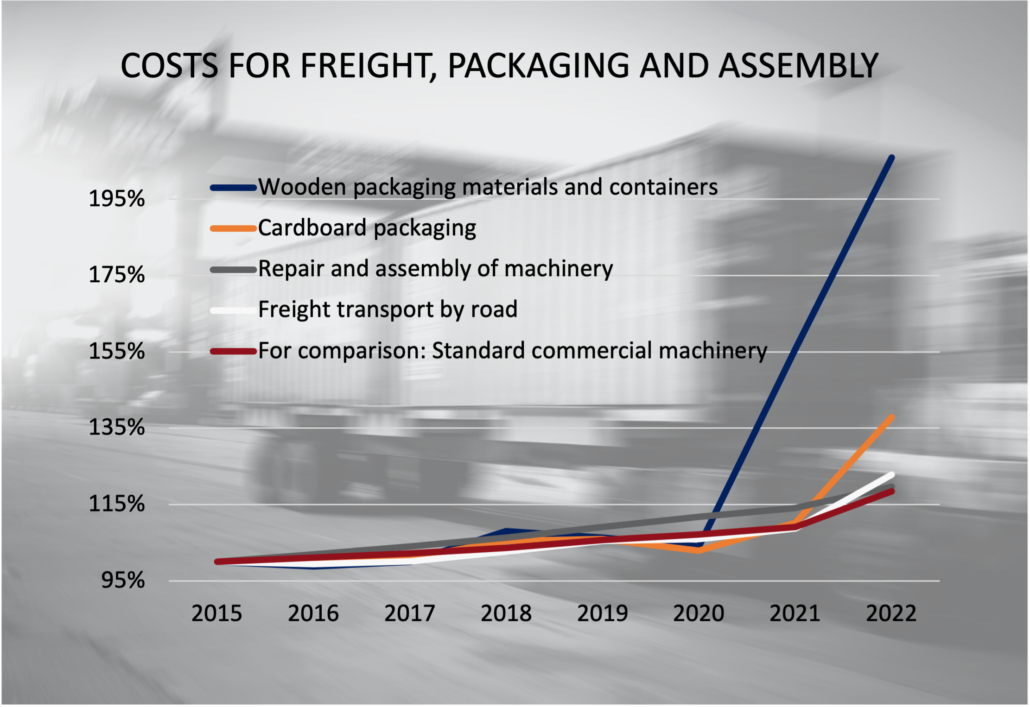4 Pitfalls in the application of value added clauses
It can be seen that with the help of correctly calculated surcharges, the sum insured can be updated fairly accurately.
Nevertheless, there are a few pitfalls that need to be avoided:
1. The sum insured and the value adjustments must be correct
If the worst comes to the worst, you as the policyholder have to prove that the basic sum and the value adjustments were calculated correctly at the beginning of the insurance. (This makes sense immediately, because if the basis is not correct at the beginning, a correct result at the end would be pure coincidence).
The insurers are strict: only if the value adjustments and the sum insured have been determined correctly will the value adjustments be recognised in the event of a claim.
If you commission us as experts to do this, the ball is in our court!
And: If you submit an expert report, you will even receive protection in the amount of twice the value adjustment.
This means that your sum insured increases without costing you any additional premium.
For example, you can pay “sprinter premiums” to your machinery supplier and, most importantly, you are even better protected against inflation during the year.
2. Inventory changes must be properly maintained
Inventory changes, i.e. additions and disposals, must on the one hand be recorded correctly. On the other hand, they must also be entered into the sum insured with the correct value supplements.
3. Buildings and furnishings must be correctly delimited
Because of the different price development, the correct differentiation between buildings and furnishings is important – in spite of the sum adjustment! – is important. Incorrect allocations lead to incorrect insurance values.
Practical tip: We have written a detailed article on the topic of delimitation of buildings and fixtures and fittings, which you can find here.
4. Do not rely on asset accounting
In the case of expansion, reconstruction and extensions as well as subsequent acquisitions to already existing assets, subsequent production costs arise. For tax purposes, these costs are capitalised and added to the original acquisition costs. However, this means that they are recorded with an incorrect year of acquisition. This can lead to high insurance values when extrapolating on the basis of asset accounting.
Do you have any questions or do you need correct value adjustements for your industrial property insurance? Give us a call, we’ll be happy to help!


